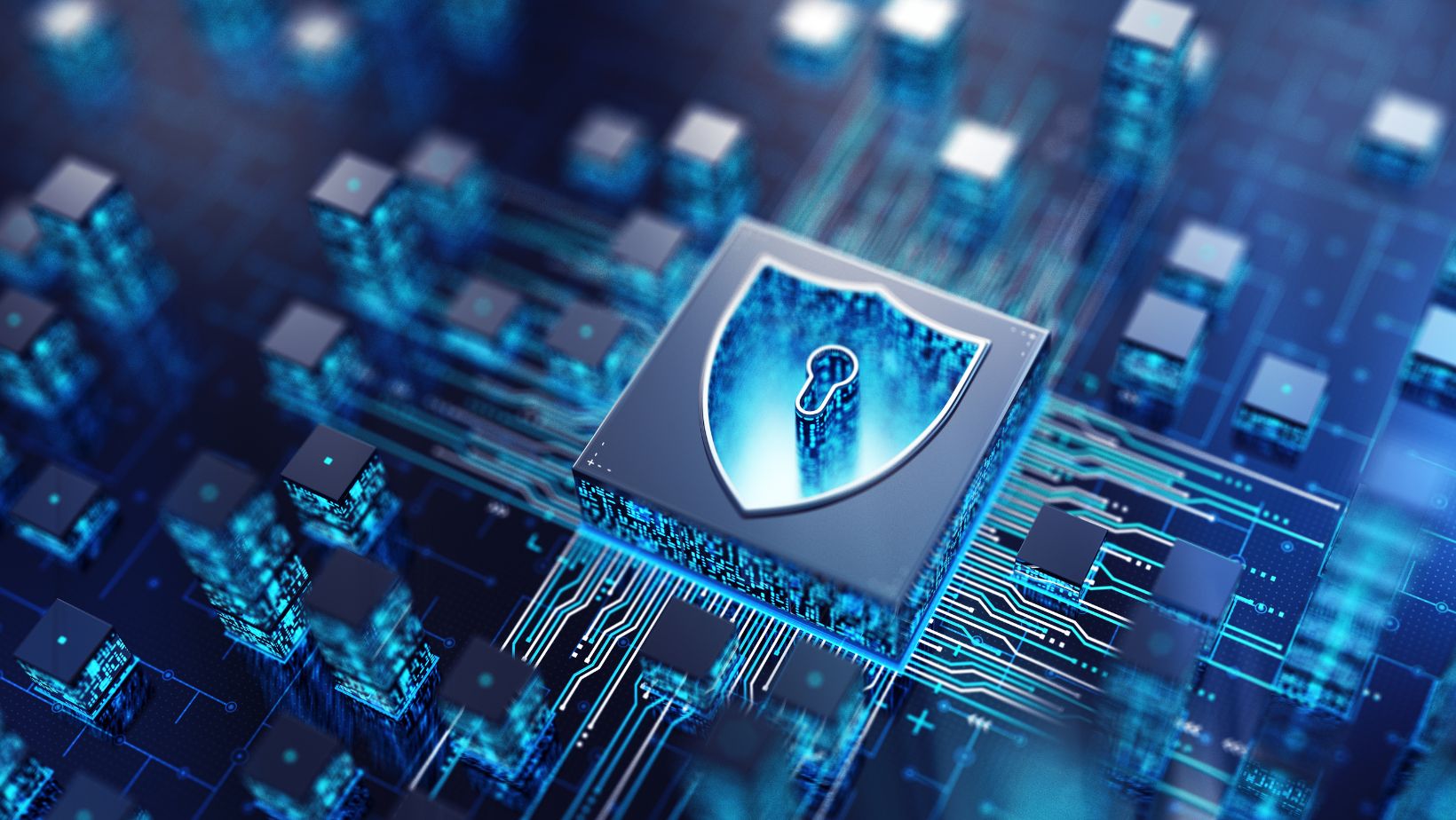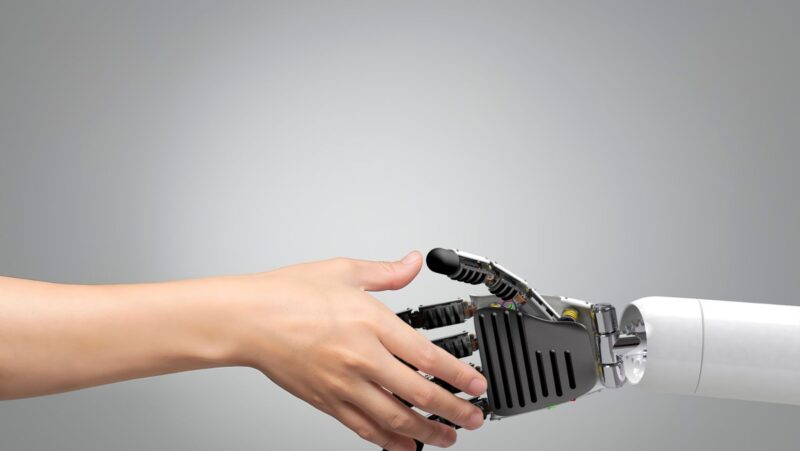
Introduction:
In today’s hyper-connected world, cybersecurity is no longer a luxury—it is a necessity. As technology continues to integrate into every layer of modern business, the threat landscape has evolved from scattered malware attacks to coordinated, highly sophisticated breaches. Cybercriminals are not only targeting large corporations but also small and medium-sized enterprises that may lack the infrastructure to detect or defend against such intrusions. This makes it imperative for businesses of all sizes to elevate their security frameworks from a reactive model to a proactive, predictive approach.
Traditional security strategies focused largely on damage control, with businesses scrambling to contain and recover from cyber incidents after the fact. However, the digital age has introduced a new dynamic—one where prevention is the most effective form of protection. Being proactive means anticipating threats before they strike, implementing systems that continuously monitor vulnerabilities, and adapting strategies in real-time. This article explores how organizations can move away from outdated reactive models and embrace a forward-thinking cybersecurity posture that not only protects but empowers business growth.
The Shift from Passive Defense to Active Protection:
For decades, businesses operated under a reactive security model, responding to threats only after they had materialized. Antivirus software, firewalls, and periodic scans formed the core of this strategy. While these tools remain essential, they are no longer sufficient against today’s rapidly evolving threats. Cybercriminals deploy adaptive tactics that often bypass static defenses, exploiting zero-day vulnerabilities and social engineering gaps before companies can even identify them.
An active protection model, in contrast, focuses on real-time threat detection and mitigation. This includes behavior-based analytics, automated incident response, and continuous system auditing. Businesses that adopt this mindset are better equipped to spot anomalies, prevent breaches, and reduce recovery costs. The end goal is not just defense, but resilience—enabling businesses to operate securely even in the face of emerging digital threats. – Alex Taylor, Head of Marketing at CrownTV
Understanding the Threat Landscape in a Digitally Transformed World:
The nature of cyber threats has changed significantly in the last decade. No longer limited to viruses and spam, modern cyberattacks now include ransomware, supply chain attacks, credential stuffing, and advanced persistent threats (APTs). These attacks often remain undetected for months, quietly extracting sensitive data or compromising operations across entire networks.
With the rise of cloud computing, remote work, and IoT devices, businesses now face a much larger attack surface. This expansion demands a security approach that encompasses not just the traditional IT infrastructure but every connected endpoint. Awareness and understanding of this new landscape is crucial for leaders aiming to make informed decisions about cybersecurity investments and strategies. – Alex L., Founder of StudyX
Key Characteristics of a Proactive Cybersecurity Strategy:
A proactive cybersecurity framework is built on visibility, adaptability, and automation. Rather than waiting for alerts, these systems actively scan for irregularities and predict vulnerabilities before they are exploited. Several hallmarks define an effective proactive strategy:
- Continuous monitoring: Systems are monitored 24/7 to identify unusual activity patterns.
- Threat intelligence integration: Real-time data feeds help organizations stay ahead of emerging risks.
- Incident response planning: Playbooks and drills ensure a fast, coordinated response to any incident.
- Regular updates and patch management: Keeping software and systems up to date reduces exposure.
- Employee training programs: Educating staff on cyber hygiene helps prevent human error breaches.
By implementing these components, organizations create an environment where security becomes an embedded process rather than an afterthought.
The Role of Automation and AI in Cyber Defense:
One of the most powerful tools in a proactive cybersecurity arsenal is automation. Traditional manual monitoring methods are simply too slow and error-prone to keep up with today’s threats. Automated systems can instantly detect irregular patterns, flag anomalies, and trigger defensive actions—reducing the time it takes to respond to attacks from days to minutes.
Artificial Intelligence (AI) enhances this capability by learning from past data to predict future risks. Machine learning models can identify behavior deviations, spot phishing attempts, and even detect insider threats that would be invisible to human analysts. The combination of AI and automation allows for a more dynamic, scalable, and responsive cybersecurity strategy. – Jessica Shee from iboysoft.com
- Real-time threat detection: AI identifies anomalies without the need for manual configuration.
- Predictive analytics: Algorithms forecast potential breaches based on historical patterns.
- Reduced false positives: Machine learning refines threat models over time, improving accuracy.
- Scalable defense mechanisms: Automation adapts to growing infrastructure needs effortlessly.
Building a Culture of Cyber Awareness Across the Organization:
Technology alone cannot provide full protection without a cyber-aware culture. Employees are often the weakest link in any cybersecurity framework, with many breaches originating from simple mistakes like clicking on a malicious link or using weak passwords. Building a proactive culture means making cybersecurity a shared responsibility across all levels of the organization.
This can be achieved by integrating regular security awareness training into company operations. Employees should be educated not just on how to spot threats, but on why certain protocols exist. Encouraging open communication about suspicious activity, rewarding vigilance, and including cybersecurity in performance reviews can further embed it into the company’s values.
Two important steps include:
- Mandatory security workshops: Held quarterly to reinforce best practices.
- Phishing simulations: Regular tests to help staff recognize real-world attack scenarios.
When cybersecurity becomes part of the organizational DNA, companies are far better positioned to prevent breaches before they occur.
The Value of Partnering with Experts for Proactive Security:
Many businesses, especially small and mid-sized ones, struggle to maintain an in-house security team with the expertise and tools required for modern threats. This is where strategic partnerships become invaluable. Engaging with specialized cybersecurity firms offers access to advanced technologies and experienced professionals who can tailor defenses to specific business needs.
For instance, by utilizing Managed IT Services, companies can benefit from a full spectrum of proactive support, including 24/7 monitoring, real-time threat response, and compliance assurance. These services reduce internal workload while increasing protection, allowing organizations to focus on their core operations without compromising security.
Such partnerships typically provide:
- Scalable solutions: Services that adapt as your business grows.
- Customized defenses: Tailored approaches based on industry-specific risks.
- Expert guidance: Access to professionals trained in the latest cybersecurity tools and tactics.
- Cost efficiency: Eliminating the need to maintain a full-time internal security team.
Integrating Proactive Cybersecurity into Business Continuity Planning:
A truly proactive cybersecurity posture is incomplete without a solid business continuity plan (BCP). Cyberattacks can cripple operations, destroy data, and ruin customer trust. A BCP ensures that in the event of a security breach, operations can continue with minimal disruption. Integrating cybersecurity into this plan strengthens overall organizational resilience.
Key elements include data backup protocols, disaster recovery procedures, and communication frameworks for notifying stakeholders. Testing these processes regularly is crucial—what works on paper may not be effective in a real-world crisis. When cybersecurity is aligned with continuity planning, businesses can maintain functionality even under attack.
Some important components of this integration include:
- Redundant data storage: Ensures critical information is backed up in multiple locations.
- Incident response coordination: Aligns IT teams with operational leaders for unified action.
- External communication protocols: Provides guidelines for engaging customers and partners during breaches.
Measuring the Effectiveness of a Proactive Cybersecurity Approach:
To know whether a proactive cybersecurity strategy is working, organizations must establish metrics for success. Key performance indicators (KPIs) help quantify the value of security investments and highlight areas that need improvement. Without these, it becomes difficult to justify budgets or demonstrate ROI to stakeholders.
Metrics might include the number of detected threats per month, response times to incidents, employee training completion rates, and system uptime statistics. Regular security audits and third-party assessments can further validate the effectiveness of current protocols. By making cybersecurity performance measurable, companies can maintain accountability and continuous improvement. – Alex Taylor, Head of Marketing at Ichessed
Recommended KPIs to track include:
- Mean time to detect (MTTD): Measures how quickly a threat is identified.
- Mean time to respond (MTTR): Gauges response efficiency post-detection.
- Patch management success rate: Reflects system update compliance.
- Phishing click rate: Assesses employee alertness through test campaigns.
Conclusion:
The reactive approach to cybersecurity is no longer viable in a digital ecosystem teeming with intelligent, fast-moving threats. Proactive cybersecurity is not just a buzzword—it is a business imperative. It demands a shift in mindset, from simply defending against attacks to anticipating and neutralizing them before they can cause harm.
By leveraging automation, fostering cyber awareness, and partnering with trusted experts, organizations can create a security framework that protects assets, empowers employees, and supports long-term growth. As the digital landscape continues to evolve, those who embrace proactive cybersecurity will not only survive—they will thrive.












